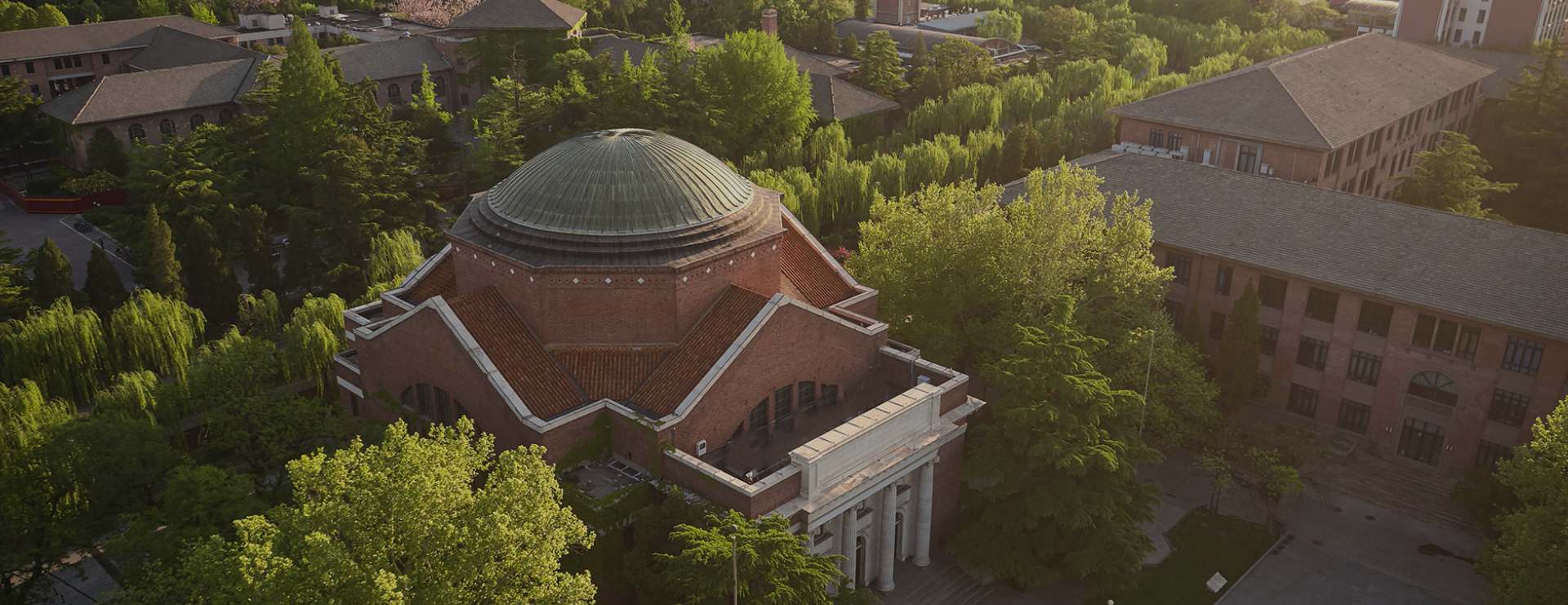XINING, Aug. 15 (Xinhua) -- This summer Xue Boyuan, a PhD student of Tsinghua University School of Environment, moved his laboratory from the campus to the source of the Yangtze River.
The 24-year-old formed a group with four schoolmates and they traveled to the Sanjiangyuan National Park to carry out field scientific investigation and research.
The Sanjiangyuan (Three-River-Source) area is home to the headwaters of the Yangtze, Yellow and Lancang rivers. It is known as China's "water tower."
Located at an average altitude of more than 4,700 meters, the Sanjiangyuan National Park is the world's highest national park. It covers a total area of 190,700 square km and boasts one of the highest concentrations of high-altitude biodiversity in the world. The park is now home to more than 70,000 Tibetan antelopes, a signature wildlife species of the park, in contrast to less than 20,000 in the 1990s.
The Sanjiangyuan area contains a variety of geological terrain types such as glaciers, grasslands and deserts, and nurtures rare wild animals including snow leopards, Tibetan antelopes and wild yaks.
Upon arrival in the area, Xue and the other group members were shocked by the vast land and wildlife diversity.
"The wild animals that live on this snowy plateau are the real hosts here," said Xue. "And we are just guests in their home."
In addition to field research and studies, the students had an important task: to investigate the living conditions of brown bears in the Sanjiangyuan area and find ways for humans and brown bears to coexist in harmony.
Since the Sanjiangyuan National Park started pilot operation in 2016, local authorities have increased efforts to protect rare wildlife, and brown bear numbers have since witnessed significant growth.
Meanwhile, the area has to figure out ways to prevent brown bears from breaking into the homes of herders and balance local social governance and ecological protection.
"Previously, I could go out for grazing on my own," said a herder. "But now I have to go together with others since there are more brown bears."
The research group conducted field research for over a month and found that conditions suitable for the foraging activities of brown bears are similar to those favored by villagers in several counties of Yushu Tibetan Autonomous Prefecture in northwest China's Qinghai Province. This means humans and bears in that area have a high overlap in terms of their preferred living spaces.
"The dilemma can be solved by setting up monitoring facilities, such as infrared cameras, to record the movements of the brown bears, as well as building fences around herders' houses," said another PhD group member Chen Jiehao.
During the field investigation, Chen often encountered wild animals. He found that most of the animals show no sign of panic when coming across people.
"The Sanjiangyuan area is our common home," he said. "As long as we are willing to appreciate and protect the wild animals, we can live with them in harmony."
Editor: Guo Lili

